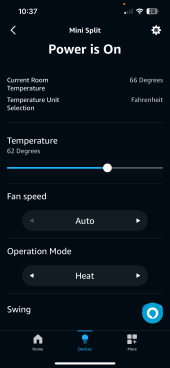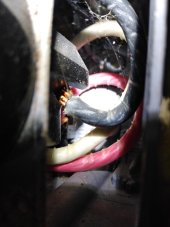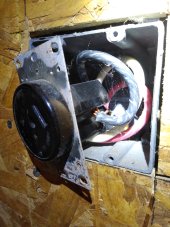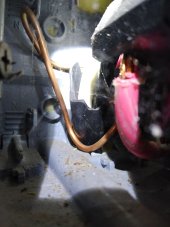Gotshocked!
Solar Enthusiast
I know you've got a Pioneer. I wish I new if the Aura was better/best, but...What were the main reasons for choosing the Aurora instead of a Pioneer Hyperformance (-22F) or Inverter ++ (-13F)?
I'm in the market for another Pioneer but if something better is out there in all for it.
- I like what I hear from others that landed on the Senville units, either one really. The reviews are the best, at least on Amazon and there's a lot of'em. Still, there's plenty of 1 star nightmares.
- The Aura has a 10/5 year compressor/parts warranty and on their own site they say go ahead and install that thing yourself, just get the lines done by a pro and your warranty is valid. That's cool. It does conflict with the manual though, as the manual says get it installed professionally. I wouldn't doubt them defaulting to the manual over the website.
- I felt like it's a good balance all around and the performance appears to be tip top, so between that and the warranty, it may never be introduced to the KSG.
- I threw a dart and it landed on Senville, so I chose the higher-end one, even though I read a guy who wrote that he has both and the Leto performed better. I compared the stats side by side, and either his Aura has issues or it's not an apples to apples comparison.
Last edited:








